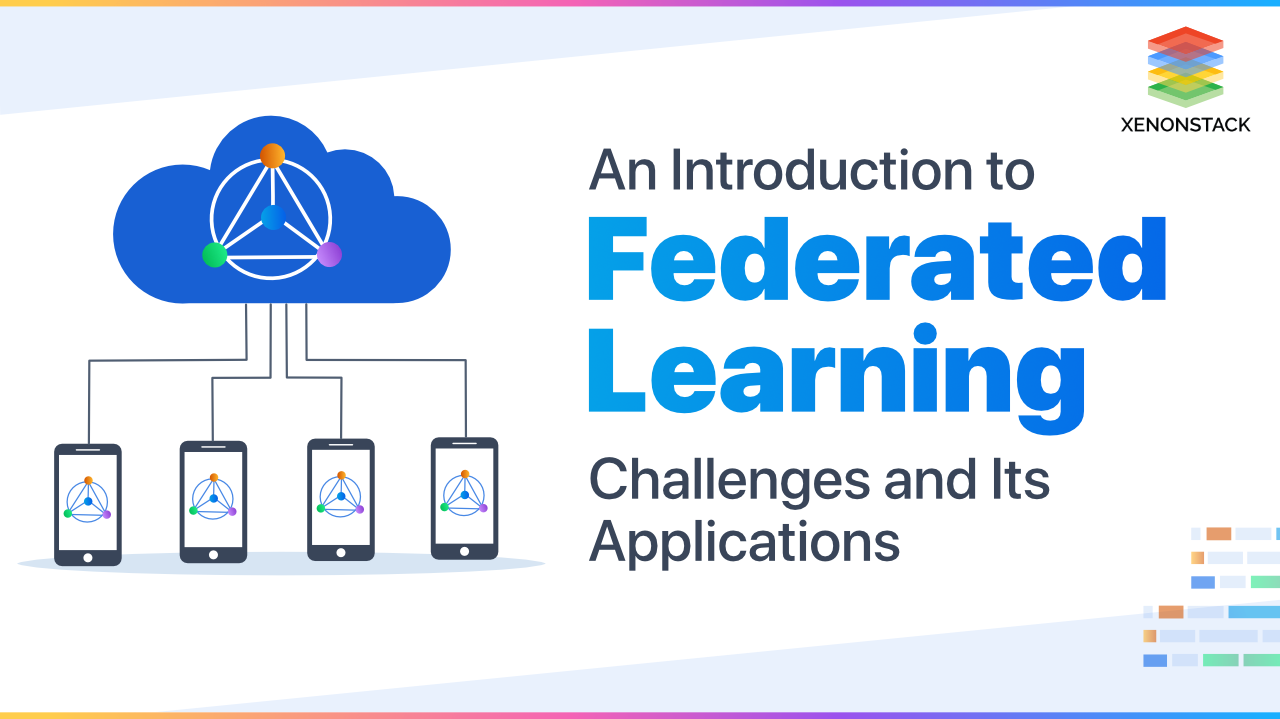
The use of AI in game programming has many uses, from improving player experience to helping players to solve puzzles. Its various capabilities make it an essential part of many modern video games, including Monster Hunter series, BioShock, and The Last of Us. This article will provide an overview of AI concepts in games. This article will also cover AI-powered pathfinding and other ways AI can be used to make games more accessible.
Sense/Think/Act loops
Sense/Think/Act loops represent cognitive cycles that describe the way a system works. The data used by transition logic is what represents the senses. While thinking is the set or sequence of actions between states, it is thought to be the sum of all these actions. Although Sense/Think/Act loops are applicable to all programming languages, they are particularly useful in game programming. In this article, we'll explore the benefits and limitations of Sense/Think/Act loops in game programming.
Finite state machine
A finite state computer is an abstract model of computation that can control a number of elements in a game. It contains several distinct and unique states. These states can be controlled by inputs like input values. FSMs do not need to be programmed. However, they can be implemented using direct graphs. These state tables are then used to implement game features.

An FSM can be used to control different game elements such as player movement. An FSM is used to control weather systems, for example. A game unit's state can be altered at any time. For example, if a player moves in a circle, or shoots an opponent unit. Likewise, a FSM will attempt to decrease delta angles while steering and avoid a collision if it is close enough to it.
Decision trees
Decision trees are a great way of documenting most algorithms and process. It is not always easy to clearly communicate your goal visually, especially when it is being used to guide others. The decision trees are a powerful tool that can capture and convey information. They can help you create an engaging gaming experience. These are some ways to use decision trees in game programming.
The decision tree allows players the ability to make choices that can influence their outcome. Decision trees are often found in modern videogames, particularly those that utilize narrative. These types of games can also contain hints that give information about the game’s future. So players can decide which options work best for them and avoid making bad decisions. This decision tree technique can be incorporated into many types of games and applications, including game programming.
AI-powered pathfinding
AI-powered Pathfinding is an essential part of video game programming. Pathfinding involves finding the shortest path between two points. AI-powered Pathfinding algorithms use artificial intelligent to find the fastest route, and minimize the number obstacles. AI-powered pathfinding algorithms have become an integral part game programming in recent years. This article will cover various game programming techniques for dynamic environment pathfinding. It also discusses edges and nodes, which can be used for storing important information and speeding up the search process. This will also allow you to catch and verify unnecessary searches before making a pathfinder call.

Pathfinding is used to move characters from one point to another in most games. The algorithm that finds a path must be capable of recognizing a route from the agent's origin to their destination. A* search, pronounced "Astar", is the most common pathfinding algorithm. AI programmers found that the A* basic algorithm was not accurate in representing realistic movement.
FAQ
What can you do with AI?
There are two main uses for AI:
* Prediction - AI systems are capable of predicting future events. For example, a self-driving car can use AI to identify traffic lights and stop at red ones.
* Decision making - Artificial intelligence systems can take decisions for us. As an example, your smartphone can recognize faces to suggest friends or make calls.
What can AI be used for today?
Artificial intelligence (AI), also known as machine learning and natural language processing, is a umbrella term that encompasses autonomous agents, neural network, expert systems, machine learning, and other related technologies. It is also known as smart devices.
Alan Turing created the first computer program in 1950. He was intrigued by whether computers could actually think. In his paper, Computing Machinery and Intelligence, he suggested a test for artificial Intelligence. The test asks whether a computer program is capable of having a conversation between a human and a computer.
John McCarthy, in 1956, introduced artificial intelligence. In his article "Artificial Intelligence", he coined the expression "artificial Intelligence".
We have many AI-based technology options today. Some are easy and simple to use while others can be more difficult to implement. These include voice recognition software and self-driving cars.
There are two main categories of AI: rule-based and statistical. Rule-based uses logic to make decisions. For example, a bank account balance would be calculated using rules like If there is $10 or more, withdraw $5; otherwise, deposit $1. Statistical uses statistics to make decisions. To predict what might happen next, a weather forecast might examine historical data.
How does AI work?
To understand how AI works, you need to know some basic computing principles.
Computers store information on memory. Computers process data based on code-written programs. The code tells a computer what to do next.
An algorithm refers to a set of instructions that tells a computer how it should perform a certain task. These algorithms are often written in code.
An algorithm is a recipe. An algorithm can contain steps and ingredients. Each step may be a different instruction. For example, one instruction might say "add water to the pot" while another says "heat the pot until boiling."
Which countries are leaders in the AI market today, and why?
China is the world's largest Artificial Intelligence market, with over $2 billion in revenue in 2018. China's AI industry is led Baidu, Alibaba Group Holding Ltd. Tencent Holdings Ltd. Huawei Technologies Co. Ltd., Xiaomi Technology Inc.
The Chinese government has invested heavily in AI development. Many research centers have been set up by the Chinese government to improve AI capabilities. The National Laboratory of Pattern Recognition is one of these centers. Another center is the State Key Lab of Virtual Reality Technology and Systems and the State Key Laboratory of Software Development Environment.
Some of the largest companies in China include Baidu, Tencent and Tencent. All of these companies are currently working to develop their own AI solutions.
India is another country making progress in the field of AI and related technologies. India's government focuses its efforts right now on building an AI ecosystem.
Is there any other technology that can compete with AI?
Yes, but still not. There are many technologies that have been created to solve specific problems. All of them cannot match the speed or accuracy that AI offers.
What are the benefits from AI?
Artificial Intelligence is a revolutionary technology that could forever change the way we live. It is revolutionizing healthcare, finance, and other industries. It's expected to have profound impacts on all aspects of education and government services by 2025.
AI is being used already to solve problems in the areas of medicine, transportation, energy security, manufacturing, and transport. The possibilities are endless as more applications are developed.
It is what makes it special. It learns. Computers can learn, and they don't need any training. Computers don't need to be taught, but they can simply observe patterns and then apply the learned skills when necessary.
This ability to learn quickly is what sets AI apart from other software. Computers can process millions of pages of text per second. Computers can instantly translate languages and recognize faces.
Because AI doesn't need human intervention, it can perform tasks faster than humans. It can even perform better than us in some situations.
Researchers created the chatbot Eugene Goostman in 2017. The bot fooled many people into believing that it was Vladimir Putin.
This is a clear indication that AI can be very convincing. Another advantage of AI is its adaptability. It can also be trained to perform tasks quickly and efficiently.
This means that companies don't have the need to invest large sums of money in IT infrastructure or hire large numbers.
Statistics
- A 2021 Pew Research survey revealed that 37 percent of respondents who are more concerned than excited about AI had concerns including job loss, privacy, and AI's potential to “surpass human skills.” (builtin.com)
- According to the company's website, more than 800 financial firms use AlphaSense, including some Fortune 500 corporations. (builtin.com)
- More than 70 percent of users claim they book trips on their phones, review travel tips, and research local landmarks and restaurants. (builtin.com)
- In 2019, AI adoption among large companies increased by 47% compared to 2018, according to the latest Artificial IntelligenceIndex report. (marsner.com)
- By using BrainBox AI, commercial buildings can reduce total energy costs by 25% and improves occupant comfort by 60%. (analyticsinsight.net)
External Links
How To
How to make Siri talk while charging
Siri can do many different things, but Siri cannot speak back. This is because there is no microphone built into your iPhone. Bluetooth is the best method to get Siri to reply to you.
Here's how Siri will speak to you when you charge your phone.
-
Under "When Using assistive touch" select "Speak When Locked".
-
To activate Siri, hold down the home button two times.
-
Siri can speak.
-
Say, "Hey Siri."
-
Simply say "OK."
-
You can say, "Tell us something interesting!"
-
Say "I'm bored," "Play some music," "Call my friend," "Remind me about, ""Take a picture," "Set a timer," "Check out," and so on.
-
Say "Done."
-
Thank her by saying "Thank you"
-
If you're using an iPhone X/XS/XS, then remove the battery case.
-
Reinsert the battery.
-
Put the iPhone back together.
-
Connect the iPhone with iTunes
-
Sync the iPhone.
-
Enable "Use Toggle the switch to On.